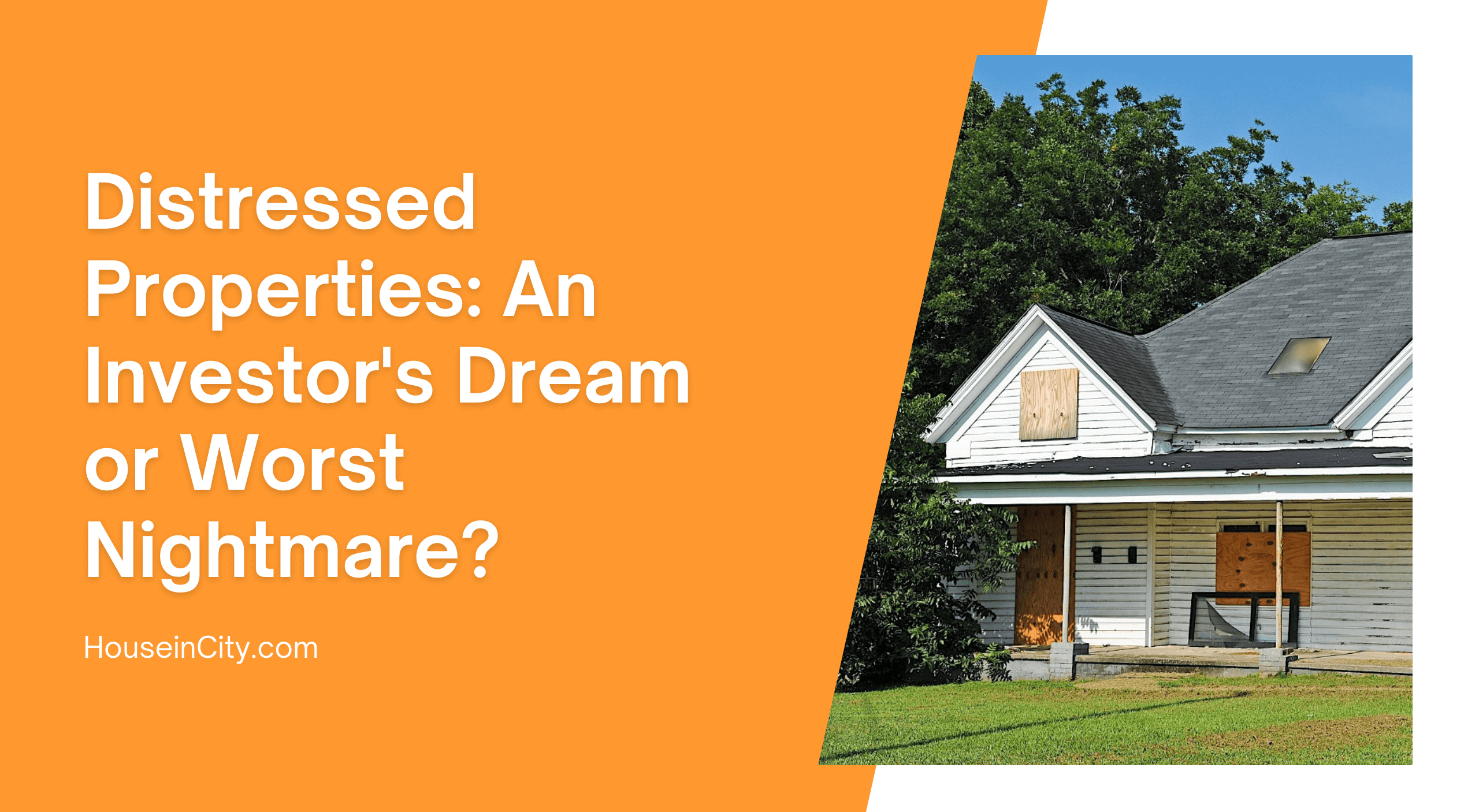Distressed properties include foreclosure and real estate owned (REO) homes. As a general rule, these types of houses typically require considerable repairs to return them to livable condition. Unfortunately, many people evicted from their homes have a tendency to vent their anger on the house. It’s not uncommon to find holes in walls, ripped out carpet, broken windows or smashed cabinets.
Approximately 25-percent of distressed properties require major repairs and renovations. This includes structural damage, mold, asbestos removal, lead paint and other environmental hazards. Unless you possess considerable knowledge, these types of homes are better left to professional investors who have the resources for safe and proper renovation.
The next 25- to 30-percent require new roofing, windows, carpet, tile, interior and exterior paint, appliances, landscaping or pool maintenance. These renovations can be quite costly and take a big chunk out of your profit-margin.
However, this should not discourage you from seeking out distressed properties. Persistence and patience can pay off in massive profits. Keep in mind this type of real estate investing normally does not result in overnight profits. Instead, distressed properties are best for investors who plan to keep the property for an extended period of time or those who flip houses.
Seek out affordable properties located in up-and-coming areas. The goal is to purchase property with a low mortgage payment. Doing so will allow you to charge a reasonable amount of rent, which increases your chance of finding quality tenants.
Another option is to look for distressed properties located in popular vacation destinations. By renting the property on a short-term basis, you can charge a higher rent. This can be a risky venture, but the right house in the right location has the potential to yield a tidy profit. Only you can decide if long- or short-term tenants are best for you.
Foreclosure homes tend to be riskier than bank owned properties. However, if you are able to locate a foreclosed home that requires few repairs and has no lien attachments, it might be more profitable than a bank owned home. The only way to know for certain is to conduct research on both types of properties available in the area where you wish to invest.
Foreclosures are sold through an auction process. Investors place a bid and must be prepared to pay the note balance, outstanding debts, accrued interest and legal fees if their bid is accepted. In some instances, homeowners still reside in the home and the investor will be forced to have them evicted. If you’d rather not deal with these complicated issues, investing in REO properties is better suited for you.
Distressed properties that do not sell at auction are given back to the bank. Instead of being foreclosures, they are now owned by the bank. At this point, the bank eliminates the mortgage and negotiates outstanding debts and liens. If eviction is required, the bank handles it. In other words, all the time-consuming difficult tasks are taken care of.
Banks are in business to make money and they drive a hard bargain when it comes to selling REO properties. Currently, most banks only entertain offers of ninety five cents on the dollar. If the note balance is $200k, offers must start at $190k. Chances are you’ll end up paying around $195k to close the deal.
A little known investing secret is to buy distressed properties from a private investor who specializes in purchasing bank portfolios. When investors buy in bulk, they pay wholesale prices at significant savings. It’s not uncommon to find houses with instant equity of 30-percent or more.
There is money to be made by investing in distressed properties, but you can’t go in blind. The process is rarely easy and profits are usually not quick. However, if you’re willing to hold on to the property for a decade or more, analysts suggest you could triple or quadruple your investment.
